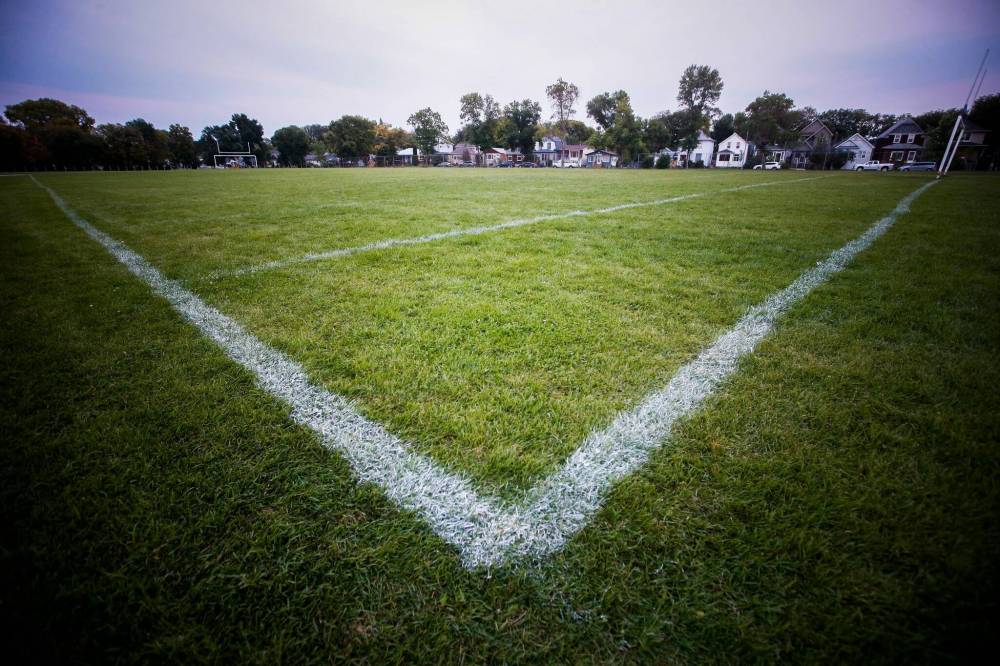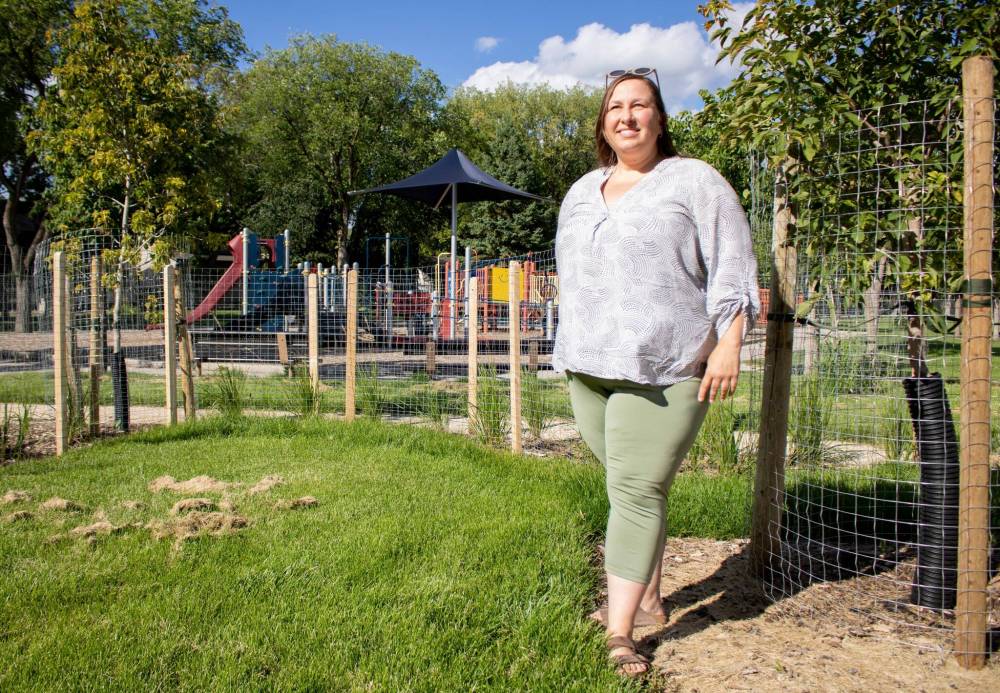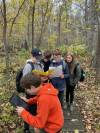Schools urged to transform fields, build eco-literacy
Advertisement
Read this article for free:
or
Already have an account? Log in here »
To continue reading, please subscribe:
Monthly Digital Subscription
$1 per week for 24 weeks*
- Enjoy unlimited reading on winnipegfreepress.com
- Read the E-Edition, our digital replica newspaper
- Access News Break, our award-winning app
- Play interactive puzzles
*Billed as $4.00 plus GST every four weeks. After 24 weeks, price increases to the regular rate of $19.00 plus GST every four weeks. Offer available to new and qualified returning subscribers only. Cancel any time.
Monthly Digital Subscription
$4.75/week*
- Enjoy unlimited reading on winnipegfreepress.com
- Read the E-Edition, our digital replica newspaper
- Access News Break, our award-winning app
- Play interactive puzzles
*Billed as $19 plus GST every four weeks. Cancel any time.
To continue reading, please subscribe:
Add Free Press access to your Brandon Sun subscription for only an additional
$1 for the first 4 weeks*
*Your next subscription payment will increase by $1.00 and you will be charged $16.99 plus GST for four weeks. After four weeks, your payment will increase to $23.99 plus GST every four weeks.
Read unlimited articles for free today:
or
Already have an account? Log in here »
Hey there, time traveller!
This article was published 15/08/2023 (796 days ago), so information in it may no longer be current.
A new guide on greening schoolyards calls on kindergarten-to-Grade 12 communities to reimagine lots, which are typically home to black tops and sports fields, so they become climate-resilient sites where students can learn to care for local ecosystems.
Ahead of the return to school, Little Bluestem Landscape Architecture has published an 80-page booklet with landscaping tips and lesson plans to build learners’ eco-literacy.
“We’re in a climate crisis right now and schools are a massive green sink in many of our communities. Right now, they’re really not living up to their full potential for the land mass that they take up,” said Darcy Granove, principal of the Winnipeg firm.

JOHN WOODS / FREE PRESS FILES
Little Bluestem Landscape Architecture has released a manual on how to reimagine schoolyards to make them more climate-resilient.
The manual was designed with all grades in mind. It encourages educators to set aside a few hours at the start of the year to give students a tour of their schoolyard, observe its elements and discuss how to improve its natural qualities.
The authors recommend planting ecological patches with diverse species, enhancing the yard’s edges — extending habitats by installing shrubs, tallgrass prairie areas and trees on boulevards and near property lines — and introducing rotating “no-go zones” to limit trampling and over-use.
“The biggest challenge is we are keeping (anywhere) from 150 to 500 kids in a school area so oftentimes, what will happen is it just gets stripped and it just turns into mud,” Granove said, adding that landscape, much like paved asphalt surfaces and turf, is uninspiring and does not support plants or wildlife.
Teachers and school staff should consider providing the living elements of their yards with “some life support,” the guide says.
“Consider burning prairie patches, watering trees, weeding and mulching to prevent invasive species, aerating soil, introducing nutrients (compost/ fertilizer/fire), and trimming dead branches,” it states.
Natural playgrounds, outdoor classrooms and land-based learning spaces — which were growing in popularity before the COVID-19 pandemic sparked concerns about indoor air quality and a renewed emphasis on well-being — have become even more commonplace since 2020.
Countless school communities have undertaken renovations to honour the traditional land on which classrooms sit.
“By understanding the ecosystems around us we can learn how to help care for the landscape and foster a reciprocal relationship with the plants, animals and each other,” states an excerpt from landEd’s newly released green guide.
Last year, Oak Park High School completed a patio that was designed with sand and stones to mimic the wheel of a Métis Red River cart. The outdoor space, a student-led project in the Pembina Trails School Division, features sitting benches and gardens of sage, cedar and other traditional medicines.
In Seven Oaks, about half of all school division sites, including the board office, have planted Indigenous-themed gardens.

Darcy Granove, principal landscaping architect of Little Bluestem Landscaping Architecture, in the green learning space at École Riverview School. (Mike Thiessen / Winnipeg Free Press)
“Kids are being involved in picking and understanding those medicines. I would say it’s both climate action and an act of reconciliation,” superintendent Brian O’Leary said.
The initiatives focus on restoring and learning about native prairie species that were wiped out as a result of colonization and over-farming, O’Leary said.
Little Bluestem’s guide uses the Amber Trails Farm — a suburban vegetable garden built on the grounds of a K-8 building in north Winnipeg — as an example of a school community building a climate resilient backyard.
The manual is available to download free of charge via the company’s website under its educational branch, landEd.
Over the last decade, the landscape architecture firm has worked with École Riverview School, École Laura Secord School and Phoenix School in Headingley. Its upcoming outdoor education projects are slated for École Belmont, Niji Mahkwa School and Sansome School.
maggie.macintosh@freepress.mb.ca

Maggie Macintosh
Education reporter
Maggie Macintosh reports on education for the Free Press. Originally from Hamilton, Ont., she first reported for the Free Press in 2017. Read more about Maggie.
Funding for the Free Press education reporter comes from the Government of Canada through the Local Journalism Initiative.
Every piece of reporting Maggie produces is reviewed by an editing team before it is posted online or published in print — part of the Free Press‘s tradition, since 1872, of producing reliable independent journalism. Read more about Free Press’s history and mandate, and learn how our newsroom operates.
Our newsroom depends on a growing audience of readers to power our journalism. If you are not a paid reader, please consider becoming a subscriber.
Our newsroom depends on its audience of readers to power our journalism. Thank you for your support.
History
Updated on Tuesday, August 15, 2023 9:20 AM CDT: Adds photo






